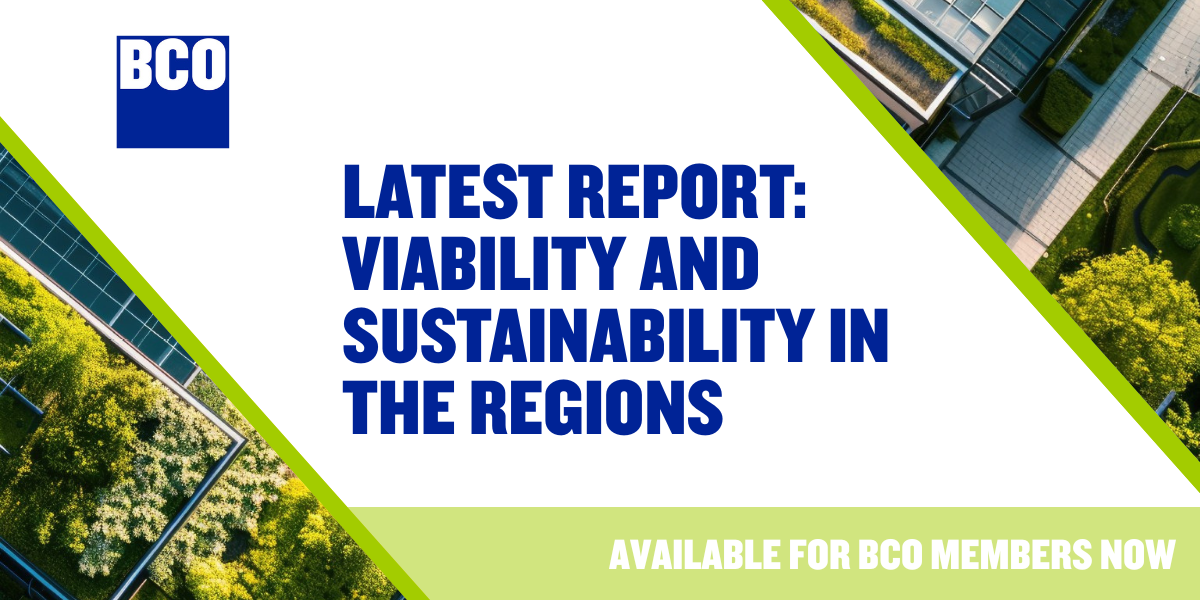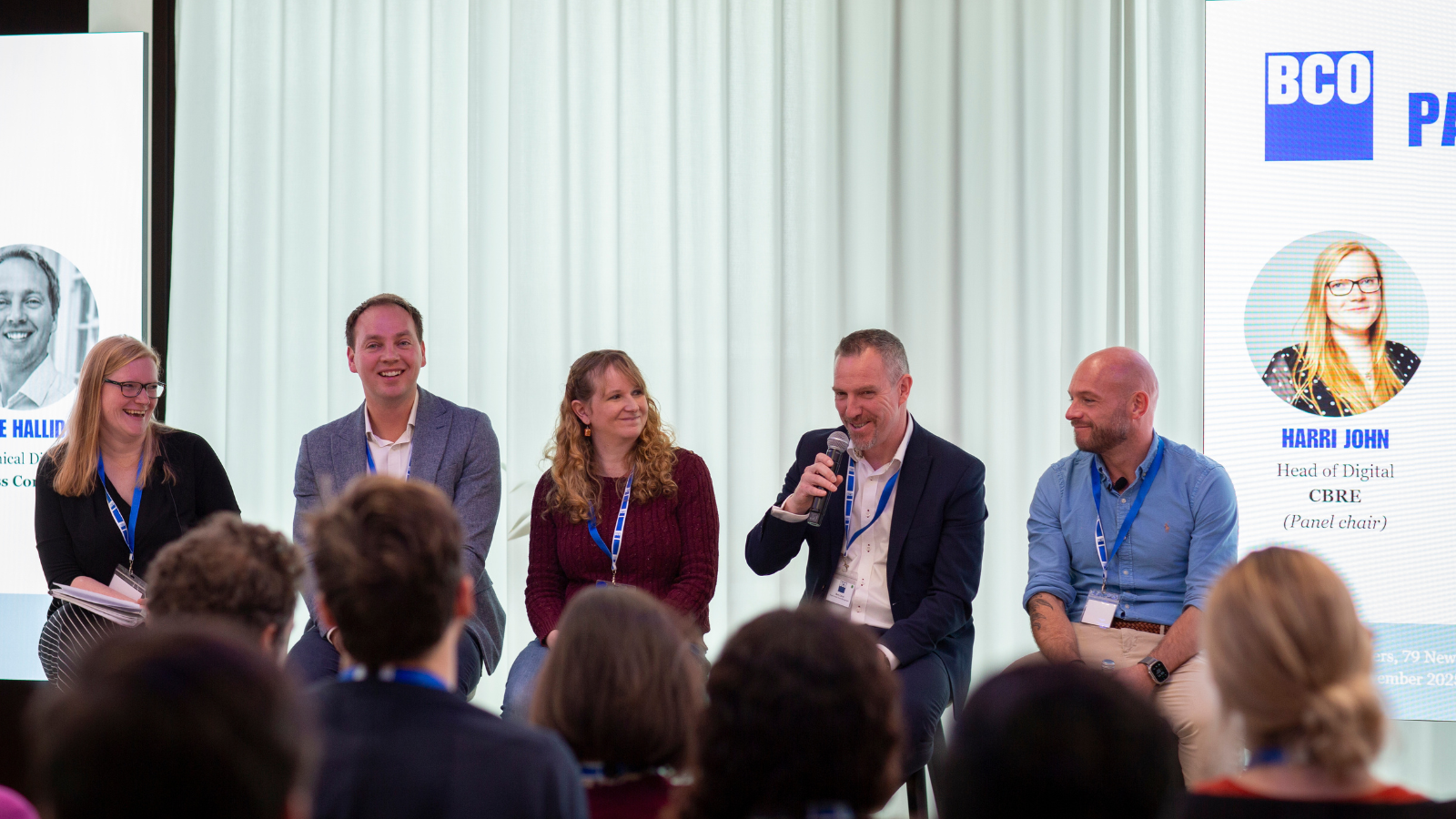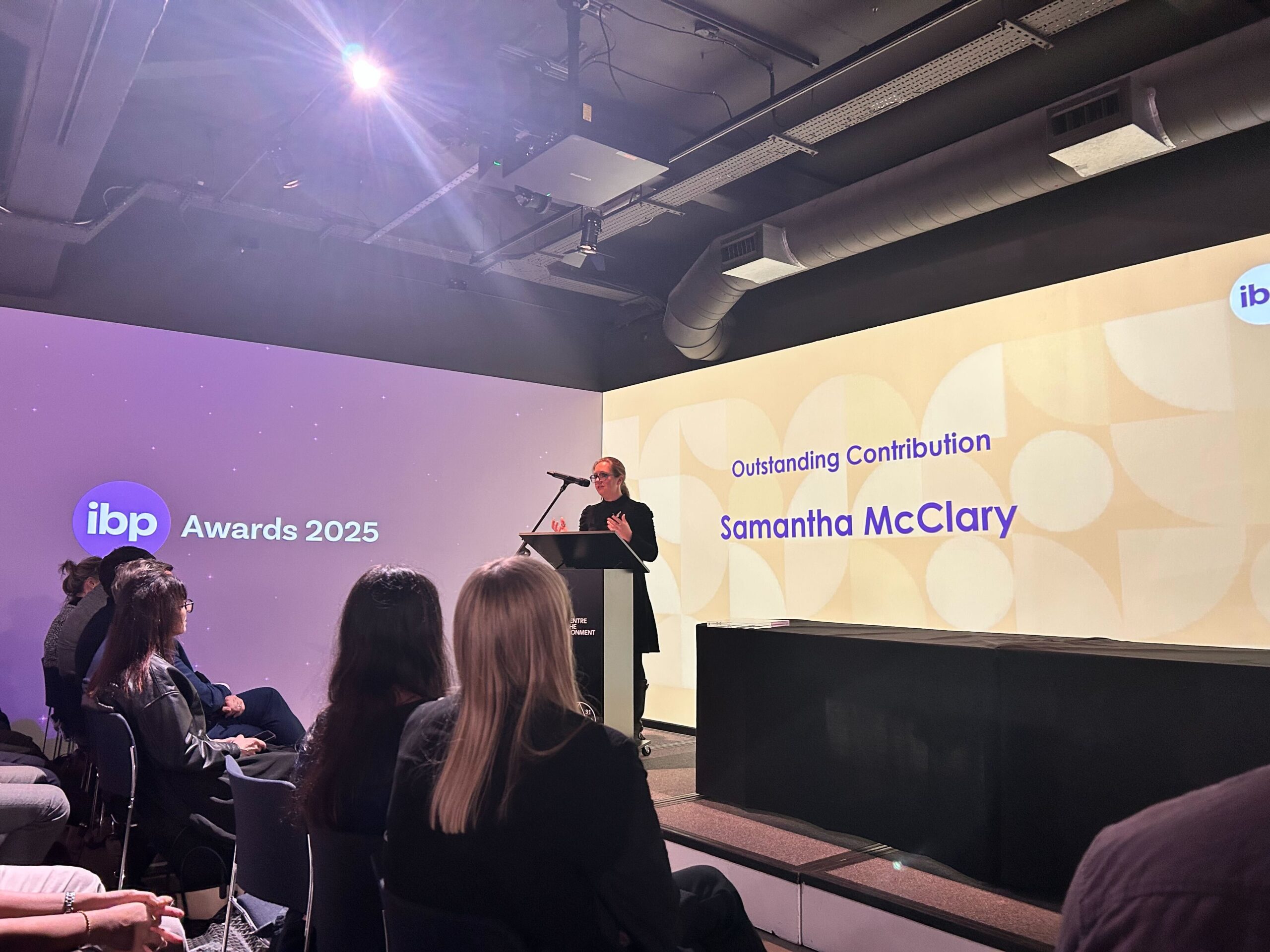Fast and Slow Buildings: Intelligent Buildings
By Thomas Watling, Senior Consultant at Deloitte, Contributing Author, Fast and Slow Buildings

Intelligent Buildings and the Internet of Things (IoT) in real estate are much talked-about, and for good reason.
Analyst predictions suggest that there will be over 10 billion connected devices deployed in real estate by 2020.
Watching this trend, the British Council for Offices (BCO) has just published a new report on intelligent buildings: “Fast and Slow Buildings: Responsiveness through technology and design”. It was authored by the building service engineering firm Max Fordham, for which Deloitte was a contributing author. BCO members can read the full report here.
In this blog, I’ll explain what’s meant by building ‘intelligence’, and share four things we’ve learnt from our work in the intelligent buildings space.
Intelligent buildings contain connected networks of sensors and actuators, which integrate with traditional building systems (such as lighting and air conditioning) to continually improve and automate the operations of the building in question.
The network of sensors might include occupancy tracking which measures the ‘busyness’ of the cafeteria and suggests when to visit.
There could be a set of sensors that monitors the indoor environment and the efficiency of air conditioning.
A corresponding set of actuators would automatically optimise energy consumption and make the working environment more comfortable for each individual employee.
Automated systems of sensors and actuators drive operational efficiency, reduce cost and environmental impact, and improve the employee experience, which in turn generates value by improving productivity.
We’ve learnt a lot from our discussions with clients and vendors. Here’s four things you should know:
#1 Older buildings can be intelligent too
Often the term ‘Intelligent Building’ is applied to eye-catching new-build headquarters, but not to pre-existing buildings. It’s estimated that 85% of building stock that will exist in 2050, is already in existence today (Existing Homes Alliance). Thus, there’s a significant opportunity to leverage building intelligence by retrofitting existing spaces with intelligent systems, in addition to the opportunities presented by intelligent new builds.
#2 There’s more to intelligence than connecting building subsystems
Historically, traditional building subsystems could be centrally controlled and were connected with one another. But a building being connected doesn’t equate to it being intelligent. Data from these subsystems needs to be shared and augmented by other sensor data, so that insight provided by this data can help solve wider business problems. Knowing where to find a free desk is useful. But what if your building directed you to sit next to a previously unknown colleague with shared interests to try and create an opportunity for serendipity – that’s intelligent.
#3 Don’t use technology for the sake of it – focus on business problems instead Deloitte Digital’s Chief Disruptor, Ed Greig, regularly reminds innovation novices and veterans alike to “fall in love with the problem, not the solution”. It’s easy to get excited about sensors and touch screens, but this should always be underpinned by a clear understanding of the cost and benefit drivers that influence real estate space, as well as a deep understanding of the building users’ needs.
#4 Treat changes as experiments
How do you measure the value of a new real estate technology? And how will you act when you’ve measured this value? When talking about the Internet of Things, we refer to the ‘information value loop’. A sensor creates data, which is communicated, aggregated and analysed. Then, someone or something has to act on the outcome of the analysis. The process starts over, measuring the impact of the new change. Realising the value of an intelligent building requires an iterative approach, where data communicates the value of the work and informs future decisions.
For information about how we’re helping clients understand Intelligent Buildings as part of the Global Consulting “Future of Work” agenda, contact Rob Scopes. For information about the Internet of Things, contact Ben Steward.
The British Council for Offices (BCO) has released “Fast and Slow Buildings: Responsiveness through technology and design”, for which Deloitte was a contributing author. BCO members can download the full report here.



